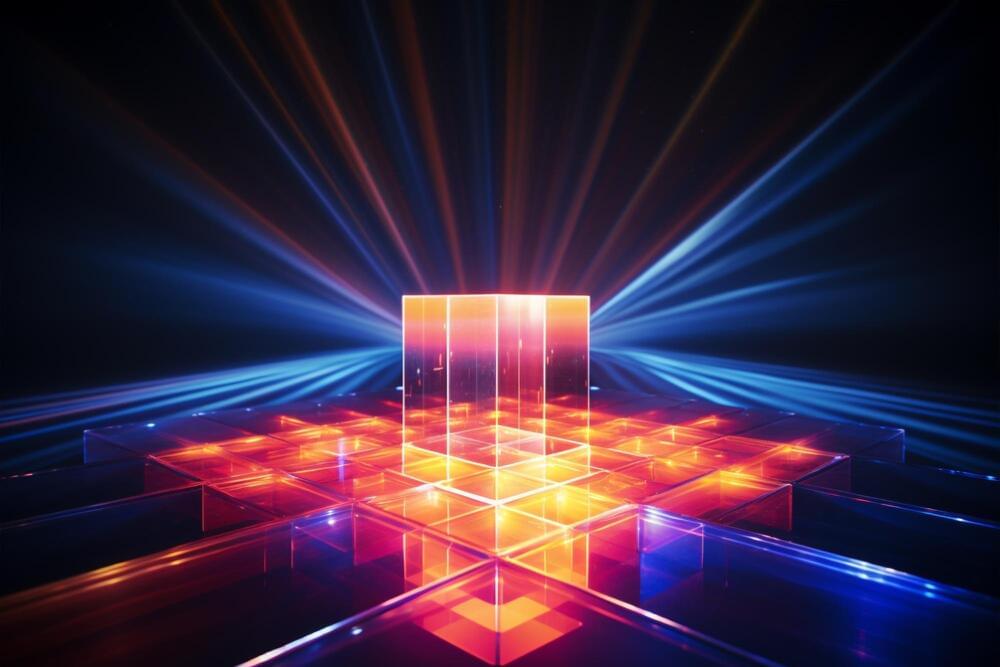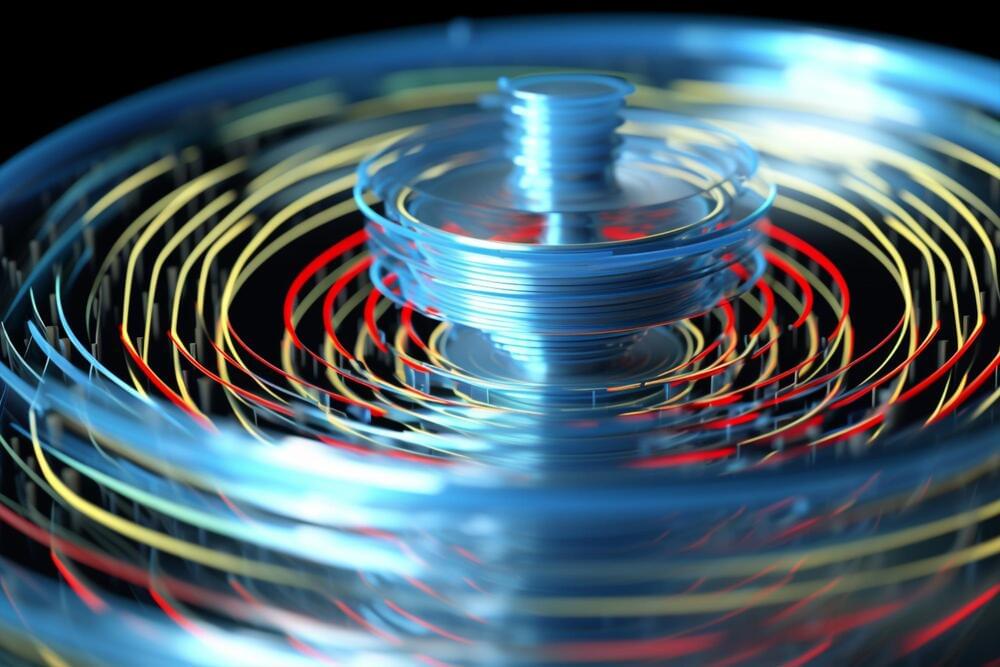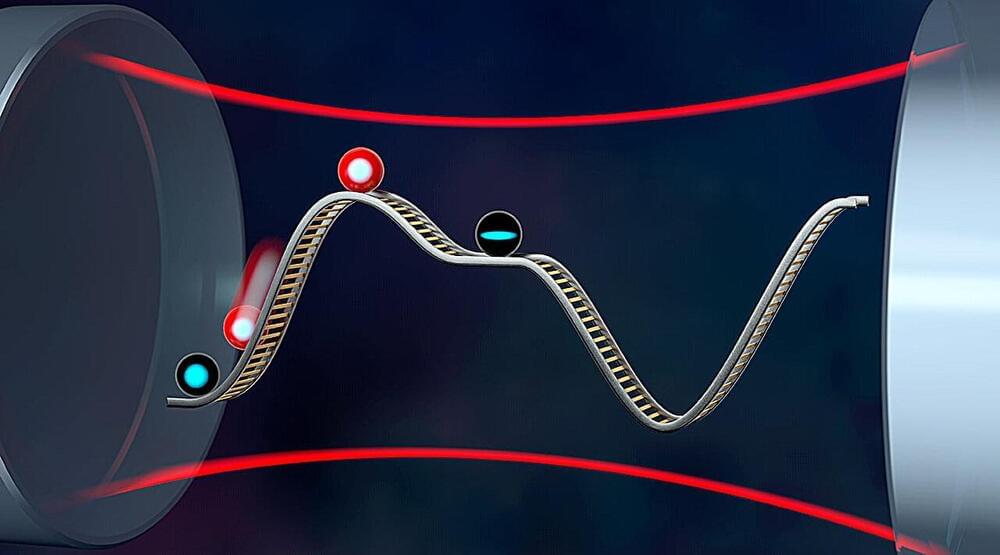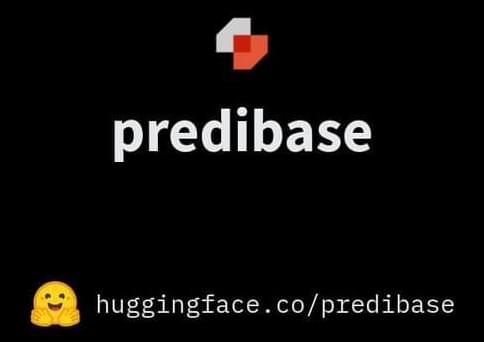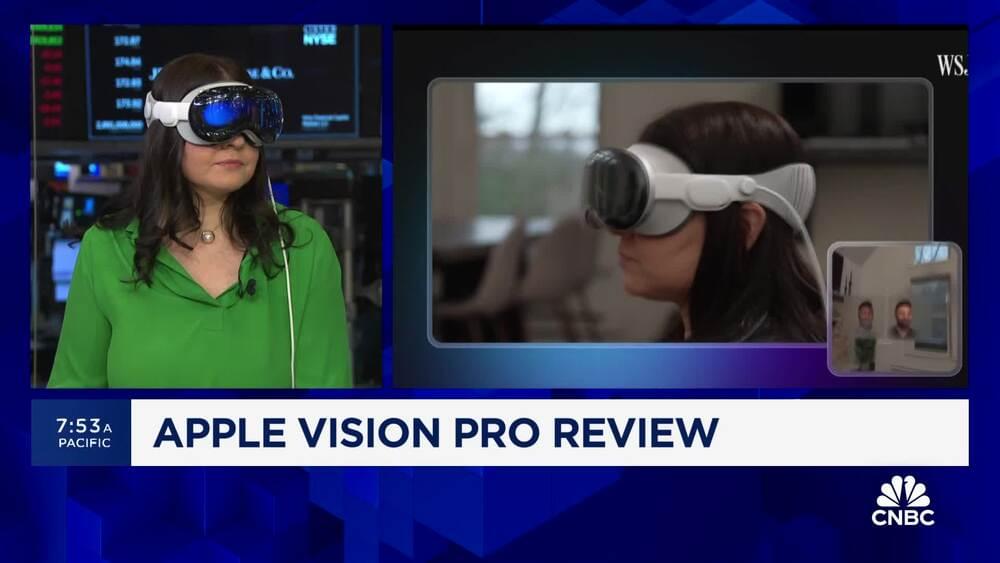Researchers at Osaka University have developed a groundbreaking flexible optical sensor that works even when crumpled. Using carbon nanotube photodetectors and wireless Bluetooth technology, this sensor enables non-invasive analysis and holds promise for advancements in imaging, wearable technology, and soft robotics. Credit: SciTechDaily.com.
Researchers at Osaka University have created a soft, pliable, and wireless optical sensor using carbon nanotubes and organic transistors on an ultra-thin polymer film. This innovation is poised to open new possibilities in imaging technologies and non-destructive analysis techniques.
Recent years have brought remarkable progress in imaging technology, ranging from high-speed optical sensors capable of capturing more than two million frames per second to compact, lensless cameras that can capture images with just a single pixel.
